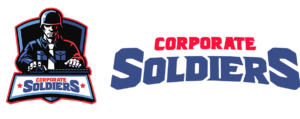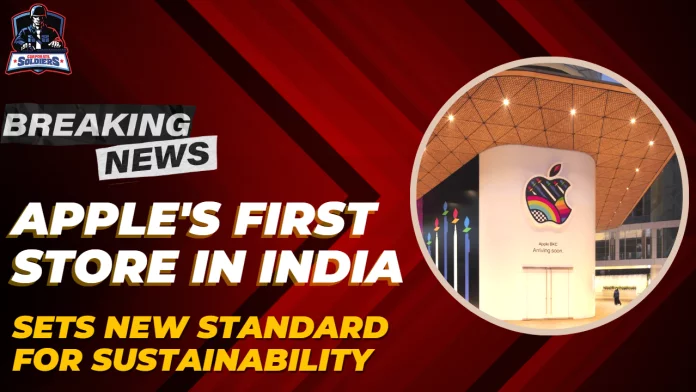
By Purvee Kondal, Vice President, Strategic Sourcing at SEPHORA, Board Advisor & Athena Alliance Executive Member, and Vanessa Mesics, Head of Director Experience at Nasdaq & Co-Leader of the Nasdaq Center for Board Excellence
A global pandemic has forever altered our perception of what was once considered the ‘status quo.’ For many companies, boards, and executive leadership teams, it was a wake-up call. Some did not have established crisis management plans, but even those that did have plans in place—that performed tabletop exercises and established clear processes and protocols—were not entirely prepared to manage the rapidly evolving situation at hand.
Regardless of preparedness status, companies suddenly needed a plan for communications among board members, between the board and executive leadership team, and with employees. Foresight to recognize and understand shocks to the supply chain was particularly important. More specifically, it was important for boards and executive leadership teams to have a deep knowledge of their companies’ vendors, products, office locations, restrictions in local markets, and potential areas of disruption.
Moreover, boards and executive leadership teams were called on to think in innovative ways and educate themselves on matters that may not have previously been top priorities, such as employability. They recognized the importance of being prepared for a broad range of crises and their downstream impacts. They also focused on people and human capital management, considering social matters—the ‘S’ in ESG.
At the onset of the pandemic, companies had to learn and act quickly by putting policies, protective procedures, and incentives in place for their employees. Keeping employees safe became the new primary objective as companies recognized that people drive value and stability in the supply chain. Without people, supplies neither get created nor distributed. If employees stop showing up or are precluded from executing their responsibilities, then the production of goods and services may be affected, which may create bottlenecks and even drive up demand. Shortages are often inevitable when companies are unable to receive their supplies, staff their facilities, and manufacture and transport their goods. Other potential consequences, such as inflation, price gouging, and even person-to-person conflict, may result.
Back-office functions, like supply chain and procurement, became visible to the C-suite and the board—and suddenly became stars. Along with the spotlight came the realization that the underinvestment in talent, processes and systems over the years had led companies to be ill-equipped to plan or prepare for such an unforeseen event. Supply chain and procurement leaders suddenly found themselves fighting fires and having to become creative and agile.
Some multinational companies learned from early experiences in the pandemic: adaptive companies observed effective processes at other companies and put them into practice, while others took a longer view on resiliency. Their boards and executive leadership teams focused on opportunity, constructing strategic visions, and increasing investments. These processes would not only help manage through uncertain times but also pave a path for companies to emerge from the pandemic even stronger.
Organizations across different lifecycles and industries had to redefine themselves, rethink their core values, and go back to the basics to ensure a strong foundation. This required boards and executive leaders to adopt an agile mindset. They had to learn how to “build a plane while flying it” and understand that a new set of strategies combined with execution skills were required—especially with many employees stepping up to the plate.
However, even amid small pockets of victory, new issues seemed to bubble up. The health and well-being of all employees were on the line. Some began to exit the labor market, casting a new light on the responsibility of care. Companies, their boards, and their executive leadership teams were called on to determine their principles and purpose. In short, they needed to take a step back, actively observe and listen, and focus on their people.
Increasingly, people are evaluating and selecting employers based on corporate values and beliefs. More than ever, boards and leadership teams are encouraged to ‘walk the talk,’ taking on the responsibility of setting the cultural tone and ensuring companies have a clear purpose. Another mindset shift has been around the expectations from talent, who are looking to their leaders to demonstrate a broader set of values beyond profits.
The task of establishing a purpose and culture, as well as attracting and retaining talent, does not happen overnight. However, boards and executive leadership teams can start by being vigilant and understanding how ESG matters can impact their companies. Talent often desires to be led by leaders with subject matter expertise, empathy, and dedication toward a sustainable and holistic long-term approach to ESG. With a globally shared experience as a result of the pandemic, an age-old desire has resurfaced: the desire to see actions that demonstrate real intent to make a difference. Another facet is to construct a plan to work through gaps and issues related to ESG. Boards and executive leadership teams are responsible for building an environment of listening, acceptance, and trust to revitalize culture and focus on ESG issues that impact their employees, community, and the world.
Actions demonstrating integrity will be the reason for talented professionals to consider joining or staying with an organization, while organizations will have to demonstrate the same to retain talent at every level.
Beyond talent management, organizations may consider the following key aspects to build resiliency in the supply chain:
- Upskill the Chief Supply Chain and Procurement Officer to bring accountability for innovative strategies and investments in people, processes, and systems for a competitive edge.
- Create a data-driven and accountable culture by leveraging data to drive decision-making.
- Leverage technologies, such as the cloud, artificial intelligence, and machine learning to future-proof products, services, and processes.
- Embrace a culture driven by diversity of thoughts and experiences and reimagine organizational investment processes that allow for experimenting and testing hypotheses for optimization.
- Encourage a culture of continuous learning and improvement across all levels of the organization.
- Align compensation structures for the C-suite and the board that reinforce accountability towards ESG values.
As the pandemic and subsequent socio-political movements have shown, these shared global experiences have a far-reaching impact. As a result, boards and executive leadership teams will need to lead from the front and demonstrate the values and ethos they desire in their employees for a sustainable and resilient organizational future.
References: Future of Sourcing Magazine, a Sourcing Industry Group publication article series by Purvee Kondal; CPOs ‘confusing risk with resilience’, says Gartner report, a Supply Chain Digital article; Shockproof Your Supply Chain for the New Age of Disruption, a Gartner publication by Koray Kose, Jorge Lopez, Malcolm Murray, Joanne Joliet
The views and opinions expressed herein are the views and opinions of the authors and do not necessarily reflect those of Nasdaq, Inc., or Sephora.
For more leadership insights and resources, join the Nasdaq Center for Board Excellence, a community and collaboration environment in which board engagement is deepened and experiences are shared. Click here to join our community.










